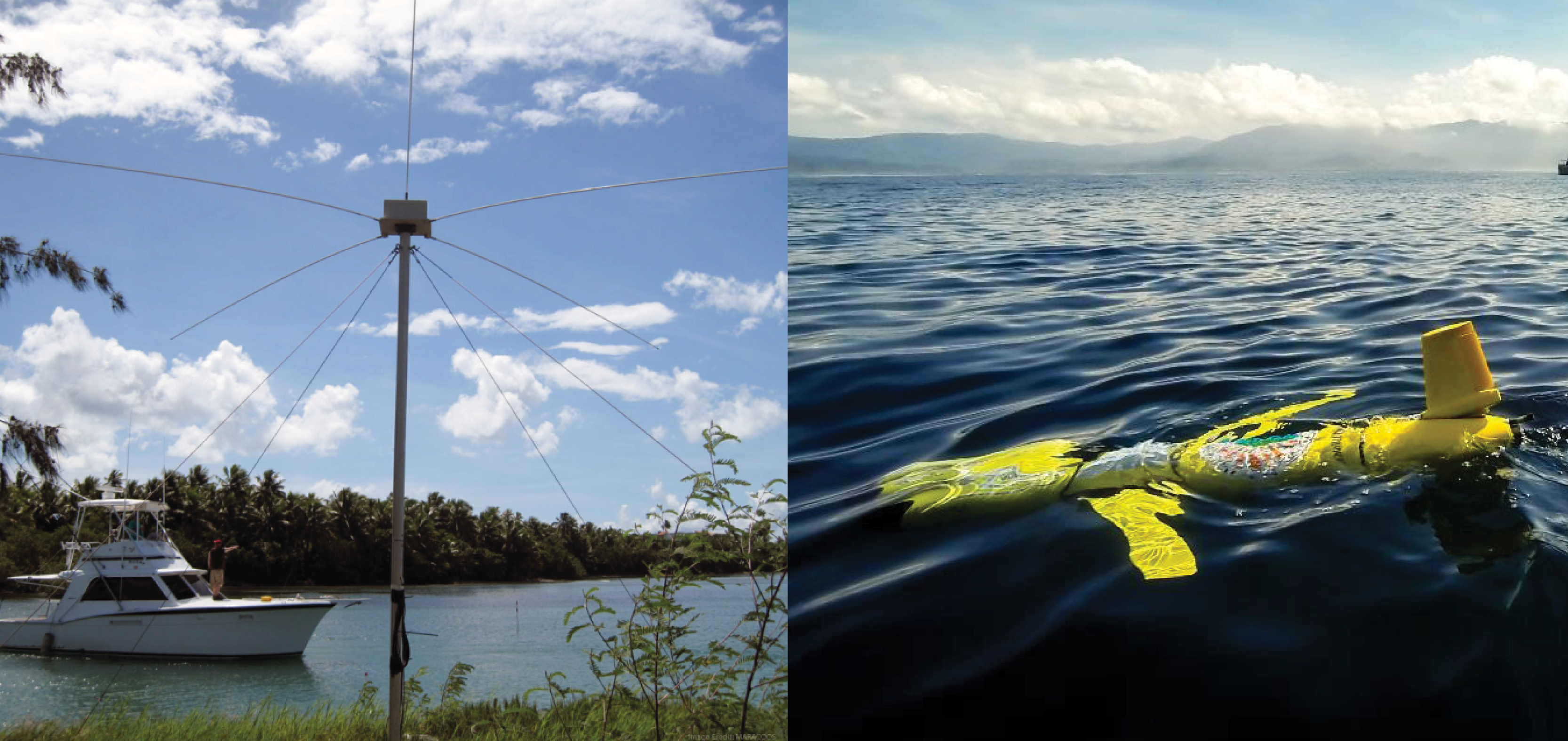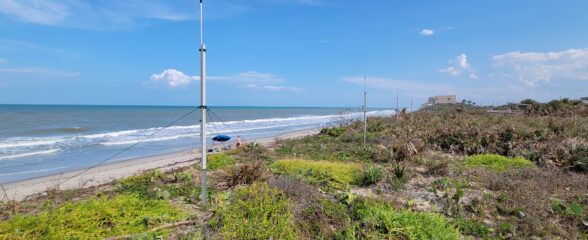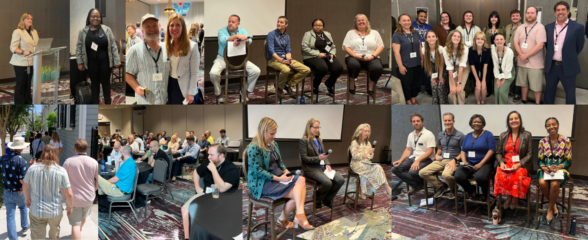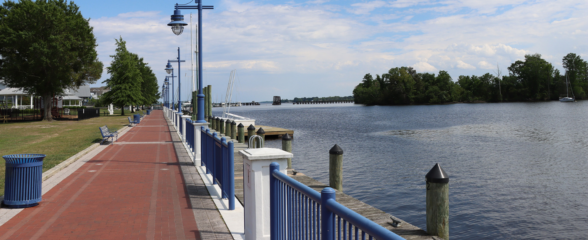
Left image is courtesy of MARACOOS and right image is credited to Ben Hollings, Blue Ocean Monitoring.
The Fiscal Year (FY) 2018 Omnibus Appropriations Act was passed by Congress on March 22, 2018. It included support for many ocean and coastal programs including the Integrated Ocean Observing System (IOOS®).
IOOS regional systems were allocated $35 million, an increase of $4.3 million from FY 17. This support will allow the eleven IOOS regional observing system to fill critical gaps in the High-Frequency (HF) Radar network and underwater glider observatory.
HF radars map the speed and direction of surface currents in real-time. Due to the large coverage area, HF radar data provide valuable input for ocean models and have been used for search and rescue, oil spill response efforts, and fisheries management. For example, the U.S. Coast Guard search and rescue operators use HF radar sea surface current speed and direction data as well as mooring data to initiate the Search and Rescue Optimal Planning System (SAROPS) to better delineate the search area. The integration of HF radar current data into SAROPS has increased the accuracy of the system and helps reduce the size of search and rescue areas, thereby increasing effectiveness of Coast Guard searches.
Gliders are underwater vehicles that relay information about subsurface conditions. In typical use gliders take measurements, such as water temperature, salinity, dissolved oxygen, from the ocean surface to depths of up to 3000 ft (1000m). Deployments of several weeks to up to 6 months are routine. The U.S. Navy estimates that gliders are 1/100th of the cost of ship-collected data. Gliders are revolutionizing ocean observing by being cost-effective, safe, and flexible.
Related news

Measuring Surface Currents on the East Coast of Florida with High Frequency Radars
The Florida Institute of Technology and UGA Skidaway Institute of Oceanography recently installed four high frequency radars on the east coast of Florida. These systems measure the speed and direction of ocean currents, which is helpful for search & rescue operations and tracking marine debris.

The 2024 SECOORA Annual Meeting: A Huge Success!
The SECOORA Annual Meeting was held in Charleston, South Carolina May 7th - 8th. Thank you to those who attended, we hope to see you again next year!

SECOORA Partners with North Carolina Communities to Install New Water Level Sensors
SECOORA has partnered with North Carolina Public Safety, Beaufort County Emergency Services, and the town of Belhaven to install new water level stations in two flood-prone North Carolina communities.